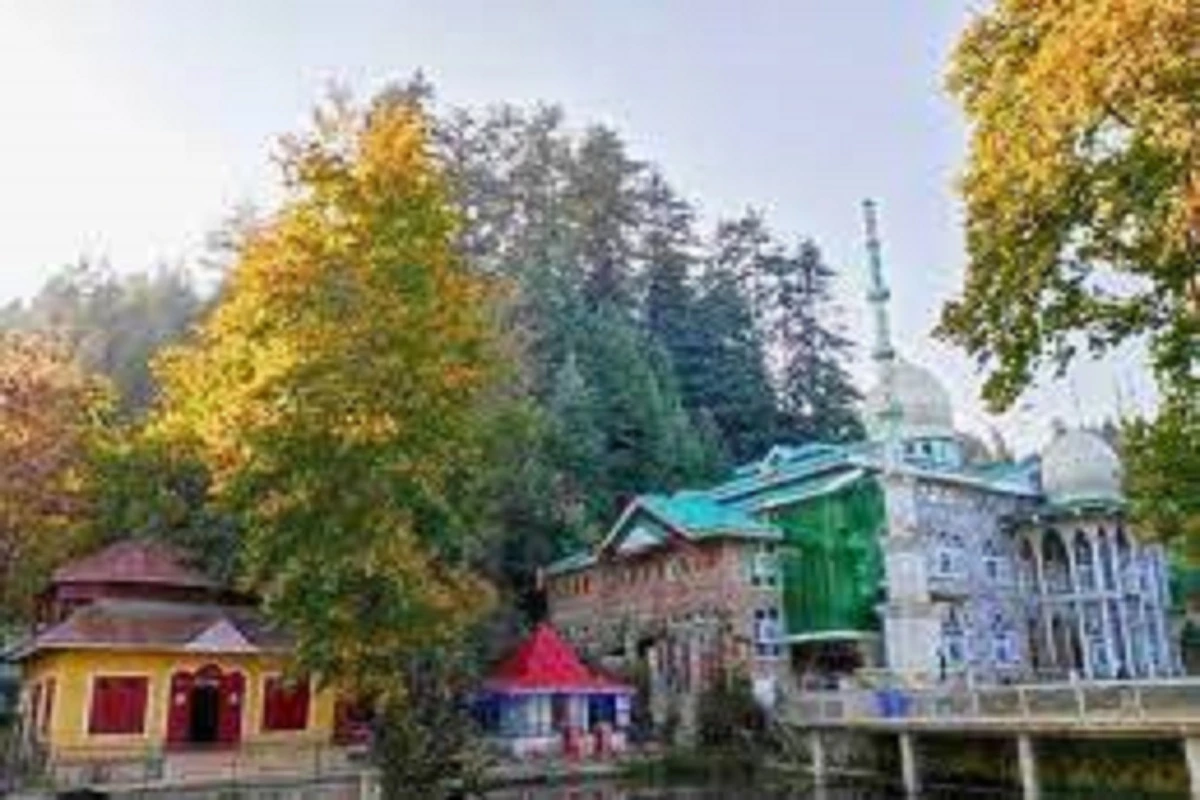
Unity in diversity
Kashmir has often been described as a paradise on earth. Not just for its natural beauty, but also for its unique culture and religious and communal harmony. One such example can be seen in Trehgam village of north Kashmir’s Kupwara district where a grand Masjid shares a common yard with a Hindu temple for generations. Trehgam is a small town in the Kupwara district. It is located in the northwestern part of the UT, close to the Line of Control (LOC) that separates India and Pakistan.
Kashmir, the land of Sufis and saints, has a rich tradition of religious syncretism. It is a place where Muslims, Hindus, and Sikhs have lived together in harmony for centuries. The cultural and religious traditions of Kashmir are a blend of Islamic, Hindu, and Buddhist influences. The state is home to many shrines and temples that are revered by people of all faiths.
The mosque and temple in Trehgam are no exceptions to this syncretic culture. In the courtyard of the mosque is buried Syed Ibrahim Bukhari, a Sufi saint who is revered by both Muslims and Hindus in Kashmir. The temple, on the other hand, is dedicated to one of the main deities of Hinduism Lord Shiva, whom Shaivites worship as the supreme god. In front of them is a famous pond, the main source of water for almost half a dozen nearby villages. Sir Walter Lawrence in his famous book The Valley of Kashmir writes, “The pond of Trehgam indicates the utmost beauty of Kashmir.”
This unusual sight is not just a symbol of the peaceful coexistence of Hindus and Muslims in the town but is also a testament to the centuries-old syncretic culture of Kashmir.
The fact that the mosque and temple have shared a common yard for decades is a testament to the mutual respect and tolerance among the local communities. Such instances of peaceful coexistence go a long way in promoting unity and understanding among people of different faiths.
According to the elders of the town, the decision to build the two places of worship side by side was taken to promote communal harmony and brotherhood in the locality. The community wanted to send a message of peace and tolerance to the rest of the world.
Pir Abdul Rashid, Imam of the Grand Majid (Jamia Masjid)Trehgam said that for the people of Trehgam, the mosque and temple are not just places of worship but also symbols of their shared cultural heritage. The people of Trehgam have always stood firm in their commitment to communal harmony. They have continued to live together in peace and harmony, setting an example for the rest of the country.
(Source ANI)
To read more such news, download Bharat Express news apps


















